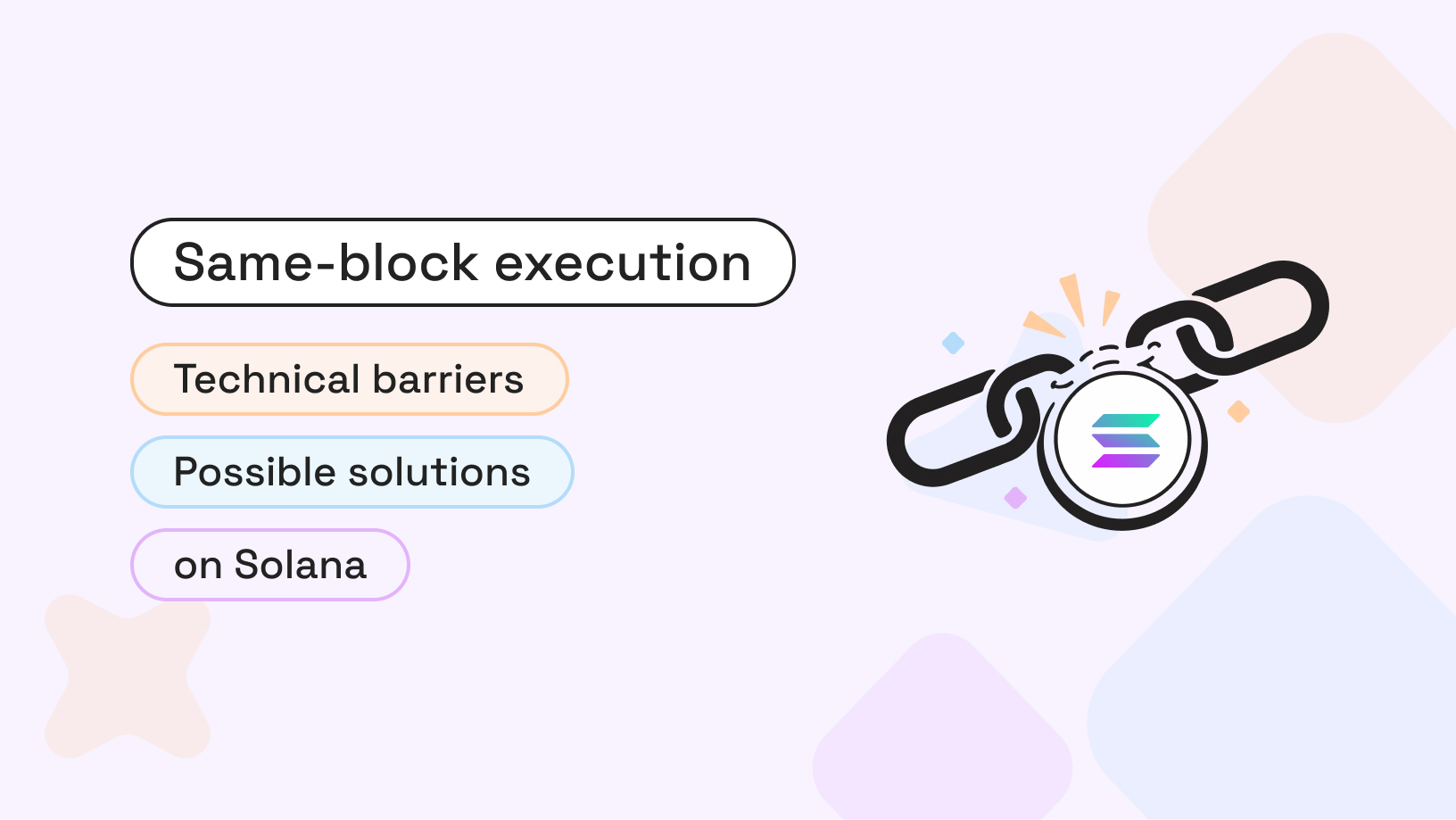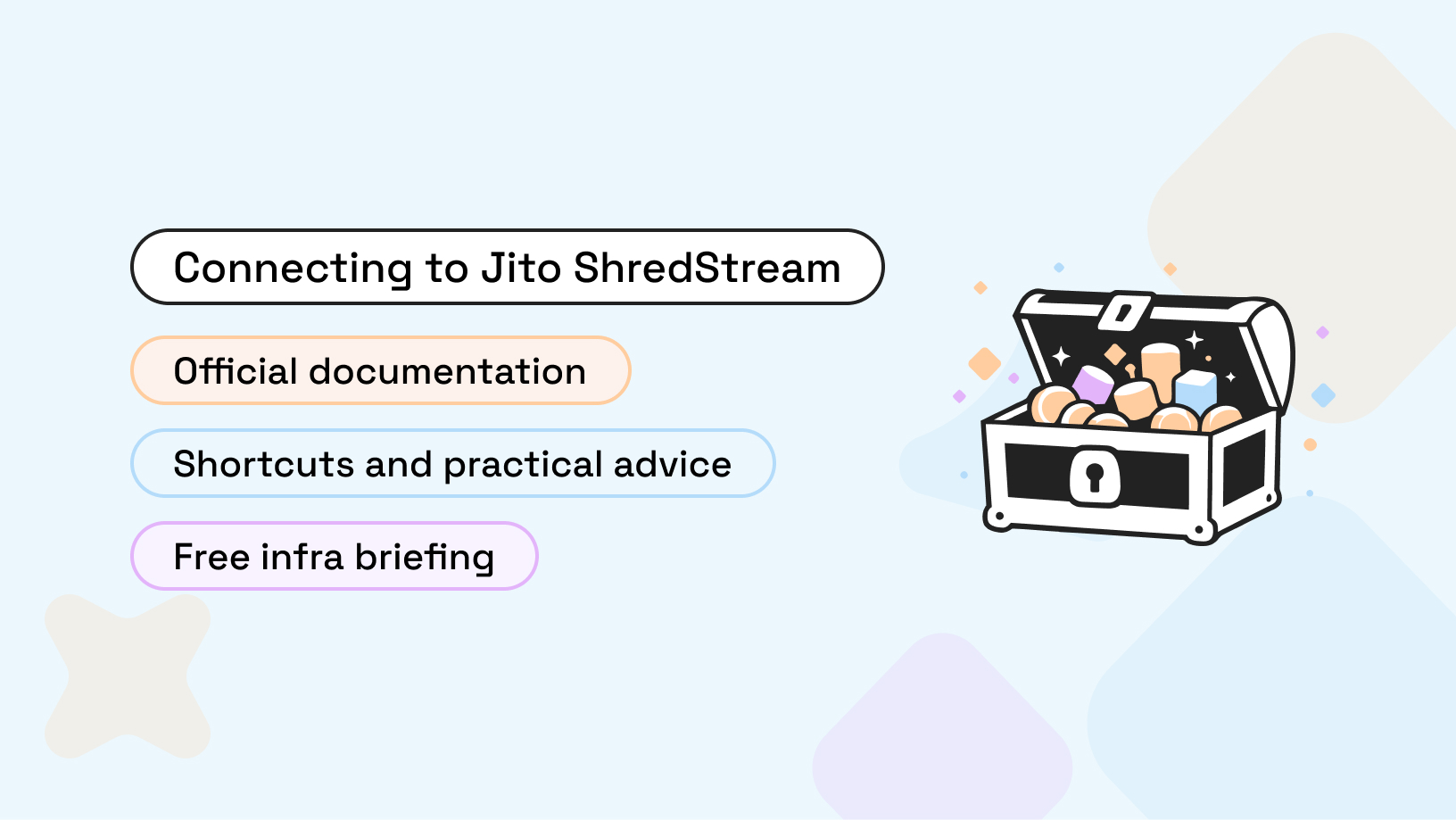
Many Ethereum users face difficulty in the system operation when they need to test the blocks broadcast on the net. They need reliable nodes that support the current position of the entire ecosystem with the characteristics of Ethereum. Install Geth and enjoy the following benefits:
- faster transaction and start acquisition,
- less memory consumption,
- simplified computational claims.
Geth Nodes vs Geth
When the Geth client is applied by a computer that is also joined to Ethereum, it turns into a Geth Node. Experts explain that Geth is an in-demand Ethereum client that operates based on the Go. To avoid confusion, blockchain society uses Geth and Geth Node as one concept. This is understandable because there is a commonality between the terms "client" and "node." Learn more about the difference here.
What Is a Node?
Many users understand the words "client" and "node" equivalently because both definitions are rather blurry. Both are related to the functional elements of blockchain. The client's concept relates to the components of the software. And nodes are clients that operate on a particular blockchain in Ethereum.
How Do the Clients Work?
Considering Clients in Geth and the Ethereum full node, both are software. They can constitute communication channels (P2P) with other programs to:
- Interact with smart contracts.
- Confirm various operations with blockchains.
- Broadcast or sign trades.
- Mine, and more.
Clients can be of different types and function in varied programming languages. They follow definite specifications that are specified in the Ethereum Yellow Paper.
How to Use Geth?
By considering what is Geth and researching how it applies to customers, the user realizes that the benefits outweigh the overhead. To run a node, recognize the three main types of Geth nodes:
- A full node. It is necessary to ensure the correct work of the entire net. All operations made in Ethereum comply with the requirements of the system. Nodes verify all blocks and deals that have been broadcasted to the network (then marked as complete archiving nodes). Such a check gives you confidence that the actual state of the net meets the specifications of the Ethereum ecosystem.
- Geth light node. Its processes are based on the operation of full nodes, it does not check every block, and there is no copy of the present state of the network. It is not independent; all information is taken from full nodes. The level of trust in such nodes is lower than in full types. But they are also necessary, for example, to shorten the time of their setting up and running. Users may spend less memory and have lower requests for the calculation processes.
- Archive node. This is a full node that runs in the special “archive” state. It contains all the historical data of the node from the moment of block creation.
By exploring the different types, users find the benefits of functioning with Geth. This client software from Ethereum is a reference and is used to implement other nodes of this ecosystem. There is JavaScript client compatibility and built-in admittance to the Rinkeby network.
Necessary Disk Space, Hardware and Computational Rules
Installing an Ethereum node differs from mining. To run an Ethereum node, less computing capacity to operate is necessary, while mining requires more mighty hardware. The more powerful it is, the higher the productivity would be, and the node synchronization will become faster.
The user's computer must have definite requirements regarding how to run Ethereum node:
- 4+ GB RAM for solid state drive.
- No less than a 2-core CPU.
- 8+ GB for the hard disk drive.
- Bandwidth 8+ Mbit/s.
Users might apply a disk that is already connected, which will cause specific problems: slow synchronization, performance glitches, skipped blocks, and more. Efficiency is improved with the caching feature. The user specifies how to use the Geth cache. You need more RAM that will match the size of the blockchain condition (8+ GB).
Running an Ethereum node, you must allocate almost 400 GB of free space (the more, the better). For launching a complete archive node, select a disk with a capacity of 6 TB or more.
Installing Geth
Many users have questions about how to install Geth on their PCs. They may choose different means, but the most convenient is package managers. Launch the standalone binary or launch it as a Geth docker container. The launch must match the specific operating system on your PC (Linux, Windows, macOS). You may get more precise information about setting up in the Geth tutorial.
For Windows, set up the pre-packaged binaries. A .zip file consists of .exe installation files. Don't run a Geth Windows installation; download it directly. Install Geth Ethereum by Docker.
How to Geth? Four options assist you in launching the stabilized edition of the program (the first item is a new version of Geth):
Users need to keep the info between containers and relaunch life circles downloaded. To do this, mount the data volume inside the Docker container. It has the Ethereum Geth user’s data directory (put this in /root/.ethereum).
For macOS, Ethereum Go offers a convenient installation via the Homebrew. To install Geth run:
For Linux. There are two variants: the stable version and the developer’s type. To install, run:
After installation, the following commands become available:
evm, wnode, rlpdump, bootnode, puppeth, abigen, clef, and geth.
Proposed Flag Configuration
Experts have found a set of flags that give a perfectly working configuration.
Additional Flag Configuration
Geth install has specific flag configurations, which are described below. The user can list all flags and get general help for each. But there are also new features:
- New flag configuration to enable HTTP server.
- Enabling Geth Ethereum mining.
- Starting the WS-RPC server.
- Disable the thpool journal when there is no activity in the local wallet.
- Treating accounts as local.
- Acceleration of synchronization if there is enough memory.
- Unblocking accounts.
- Disabling the IPC-RPC server.
Some allow you to set up Blockchain synchronization modes. Some flags include a collection of reporting and metrics. Also, users may tweak other flags to improve performance.



















.svg)
.svg)
.svg)

